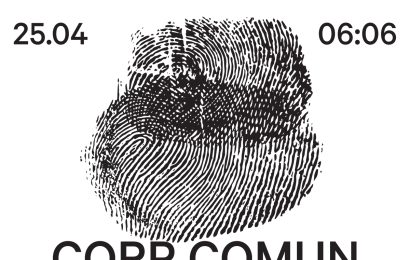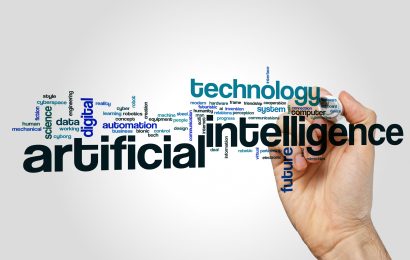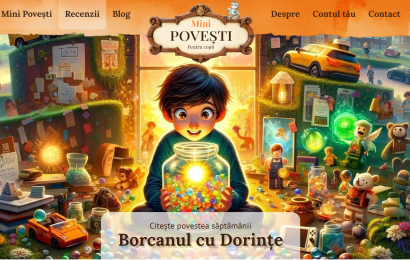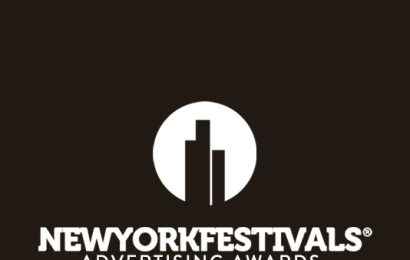Zenith: Luxury advertising, led by hospitality brands, is rapidly shifting towards digital media
Luxury advertising is rapidly shifting towards digital media, led by luxury hospitality brands, as 50% of luxury hospitality advertising will be digital this year, up from 47% in 2017, according to Zenith’s Luxury Advertising Expenditure Forecasts 2018. Across all luxury brands, 33% of advertising will be digital this year, up from 30% in 2017.
The 4th annual edition of the report, examining expenditure on luxury advertising in 23 key luxury markets (Australia, Brazil, China, Colombia, France, Germany, Hong Kong, Italy, Japan, Malaysia, MENA, Mexico, the Netherlands, Peru, Russia, Singapore, South Africa, South Korea, Spain, Switzerland, Taiwan, United Kingdom and the USA), provides historic expenditure figures and forecasts by medium and focuses mainly onluxury advertising, together with the sub-categories of luxury automobiles, fragrances & beauty, fashion & accessories, watches & jewelry, and – new for this edition – luxury hospitality, which consists of high-end hotels, restaurants, bars and clubs.
Hospitality is substantially ahead of the other luxury sub-categories in its commitment to digital adspend. Consumers in the luxury hospitality category now do most of their research and purchasing online, so brands have shifted their budgets to digital accordingly. Consumers of other types of luxury goods are much more likely to make their final purchase after trying them in person. Zenith forecasts that luxury automobile brands will spend 39% of their ad budgets on digital advertising in 2018, followed by watches & jewelry brands (28%), fragrances & beauty (27%) and fashion & accessories (13%).
Luxury brands have been slower to adopt digital advertising than most brands. Across the 23 markets analyzed in the report, advertisers in all categories spent 39% of their budgets on digital advertising in 2017, compared to luxury’s 30%, and we expect them to spend 42% this year, compared to luxury’s 33%.
Luxury brands have historically been skeptical of the value of the digital environment for conveying their brand values, with its limited ad formats, crowded pages and often poor-quality content. However, the environment has been improved by better ad formats and more high-quality content such as premium video, while programmatic private marketplaces, preferred deals and programmatic guaranteed deals all help brands pick the right content for their messages to appear in.
Digital advertising is now responsible for almost all the growth in luxury adspend. Zenith forecasts luxury advertising in digital media to grow by US$886m between 2017 and 2019. Meanwhile TV advertising will grow by US$27m, cinema advertising will grow by US$21m, and radio advertising will grow by US$2m. Luxury advertising in newspapers, magazines and outdoor advertising will shrink by US$305m in total, so there will be a net increase of US$631m in luxury adspend between 2017 and 2019. By 2019, the forecast sees digital advertising reaching to account for 35% of total luxury adspend.
The largest market for luxury advertising is the US, by some distance, followed by China. Luxury brands spent US$5.2bn advertising in the US in 2017, and US$2.1bn in China. These two markets accounted for 61% of luxury adspend across the 23 markets included in the report that year.
China is the most advanced digital market for luxury advertisers, and its lead is increasing. 53% of luxury adspend in China was digital in 2017, and we expect this proportion to rise to 68% by 2019. This rapid shift to digital is being fueled by luxury brands’ embrace of e-commerce, selling their products directly on platforms like Alibaba’s Tmall, participating in the Singles Day shopping event, and forming partnerships with popular Chinese influencers.
After a relatively slow start, luxury advertisers are now committing to the digital future, led by luxury hospitality brands (…) Luxury brands face unique challenges online, such as the need to maintain exclusive brand values while communicating with potential customers at scale. By using personalised digital communications and high-quality e-commerce experiences, luxury brands can generate new sales while preserving their exclusive appeal.
Jonathan Barnard,
Head of Forecasting Zenith






